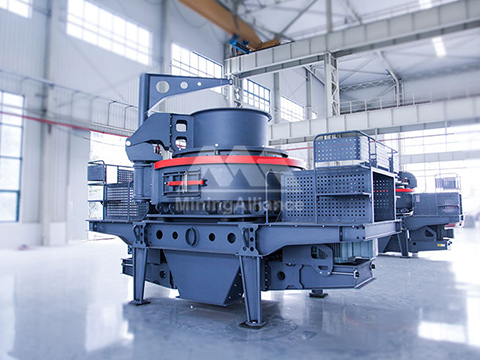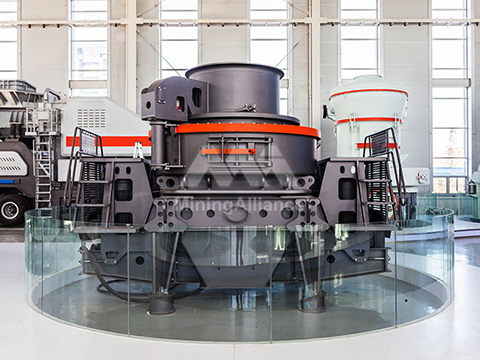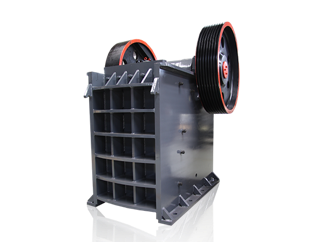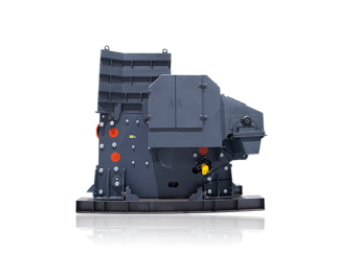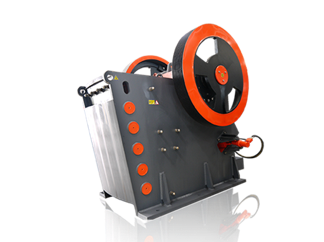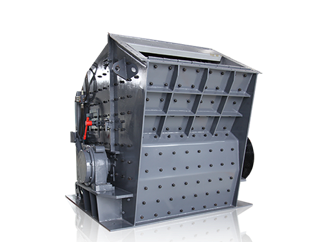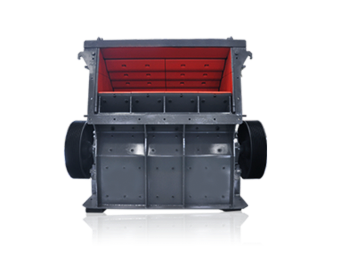With the rapid acceleration of urbanization and soaring infrastructure demand, traditional stationary crushing equipment increasingly struggles to meet the challenges of complex job sites and frequent site transfers. Tyre-type mobile crushing stations, known for their mobility, flexible configurations, and low investment cost, have quickly become the preferred choice across a wide range of scenarios, including mining operations, construction waste recycling, road and railway construction, and municipal engineering.

These mobile units typically integrate a feeder, primary crusher, vibrating screen, conveyor belts, on-board control system, and power module. Depending on production needs, they can be configured as “jaw + cone crusher,” “impact crusher + screening,” or “vertical shaft impact crusher + sand making,” among other combinations. This modular flexibility allows operators to meet various particle size and output requirements, making tyre-type mobile stations especially valuable for small- to medium-scale crushing plants or fast-track projects with tight timelines.
The wheeled chassis gives these stations superior maneuverability and adaptability to terrains such as hillsides, mining zones, and temporary construction access roads. Compared to track-mounted units, wheeled mobile crushers offer cost advantages in transport and deployment when self-propulsion isn’t necessary. By using a towing vehicle, rapid relocation and setup are easily achievable, minimizing downtime between installation and production.
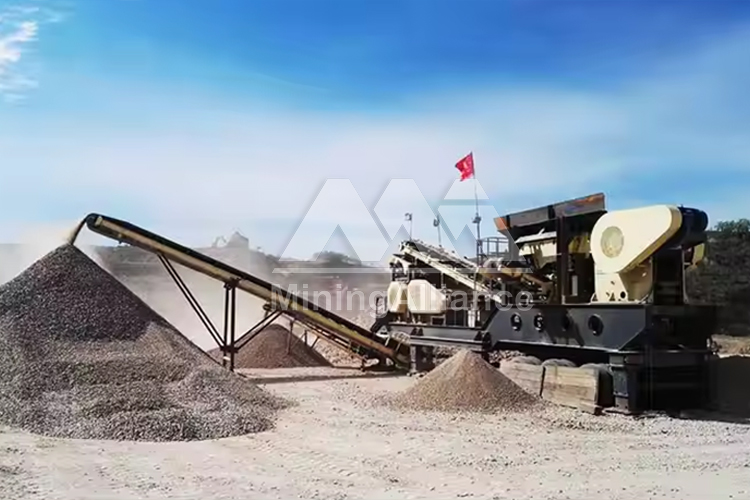
Environmental performance is another growing focus. Advanced models come equipped with enclosed dust collection systems, noise suppression units, and recycled water cleaning systems, which effectively control emissions and comply with urban environmental standards. Integrated smart control systems offer real-time monitoring, automatic alerts, shutdown protection, and load regulation—greatly enhancing both safety and operational efficiency.
In urban demolition and redevelopment projects, tyre-type crushing stations excel in material recycling. On-site processing of construction waste such as concrete blocks, bricks, and rubble can be transformed into reusable aggregates for sub-base, masonry, or brick-making, reducing the need for landfill and minimizing transportation costs. This promotes circular economy practices and supports green city development.
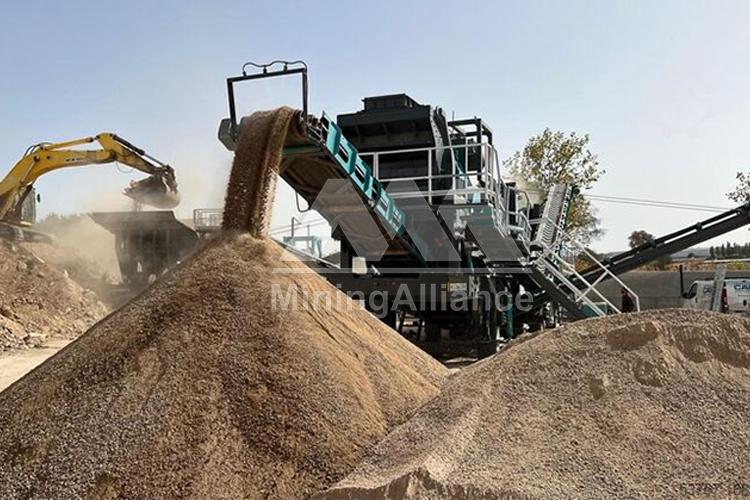
With the rise of smart construction sites, tyre-type mobile crushers are integrating cutting-edge technologies like 5G remote control, AI load recognition, and intelligent modular scheduling. These innovations are steering the industry toward a future of digital, automated, and flexible crushing solutions—offering unparalleled control and adaptability in the field.



